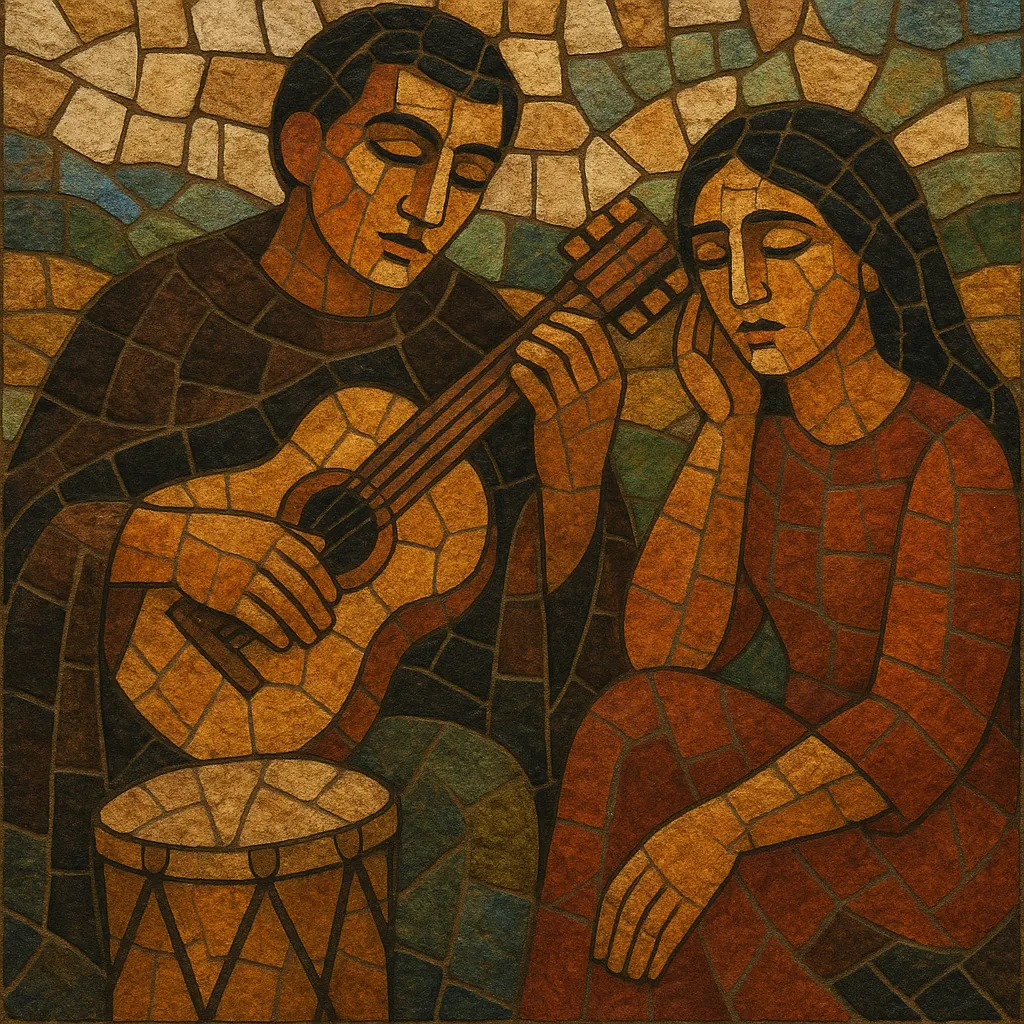Nuevo cancionero is an Argentine movement and genre of socially conscious song that emerged in the early 1960s with the aim of renewing national popular music while foregrounding poetry, regional rhythms, and the lived realities of ordinary people. It blended traditional folk forms with a modern, author-driven approach, centering the voice of the singer-poet as a vehicle for artistic and political expression.
Musically, it draws on Argentine folk rhythms such as zamba, chacarera, cueca, milonga, and vidala, often arranged for voice and guitar with bombo legüero and other folk instruments. Lyrically, it embraces metaphor, imagery, and testimonial narratives that address social justice, identity, exile, and cultural memory. Its repertoire became emblematic of resistance during periods of censorship and dictatorship, and its songs have since become part of the canon of Latin American protest and art song.
Nuevo cancionero took shape in Mendoza, Argentina, when poet Armando Tejada Gómez, composer Oscar Matus, guitarist-composer Tito Francia, and singer Mercedes Sosa formulated a manifesto in 1963 to renew Argentine popular song. Their goal was to connect contemporary poetry and composition with regional folk traditions—zamba, chacarera, cueca cuyana, milonga—and to place working-class and indigenous experiences at the center of national culture.
Throughout the mid-to-late 1960s, the movement spread beyond Cuyo and into the national scene. Songs emphasized strong poetic texts, clear vocal delivery, and arrangements grounded in folk instrumentation. Artists associated with the movement brought the repertoire to major festivals and recordings, and the aesthetic influenced peers across Latin America as a distinctly Argentine counterpart within the broader nueva canción wave.
During the 1976–1983 military dictatorship, censorship and persecution targeted artists linked to protest and socially engaged music. Many performers faced bans, intimidation, or exile. Paradoxically, this repression amplified the symbolic power of the songs, which circulated internationally and were adopted as anthems of resistance and solidarity.
After the restoration of democracy, nuevo cancionero’s repertoire returned to public stages, becoming part of the educational and cultural memory of Argentina. The movement decisively shaped subsequent Latin American singer-songwriters, the broader nueva canción/nueva trova constellation, and thematically influenced strands of Argentine rock and Latin alternative music. Its blend of regional folk forms, contemporary poetry, and civic engagement remains a touchstone for artists today.
Write songs that integrate regional Argentine folk rhythms with contemporary, poetically rich lyrics. Prioritize clear storytelling and social themes—identity, justice, memory, and everyday life—using metaphor and symbolism to convey depth and, when relevant, to sidestep censorship.


